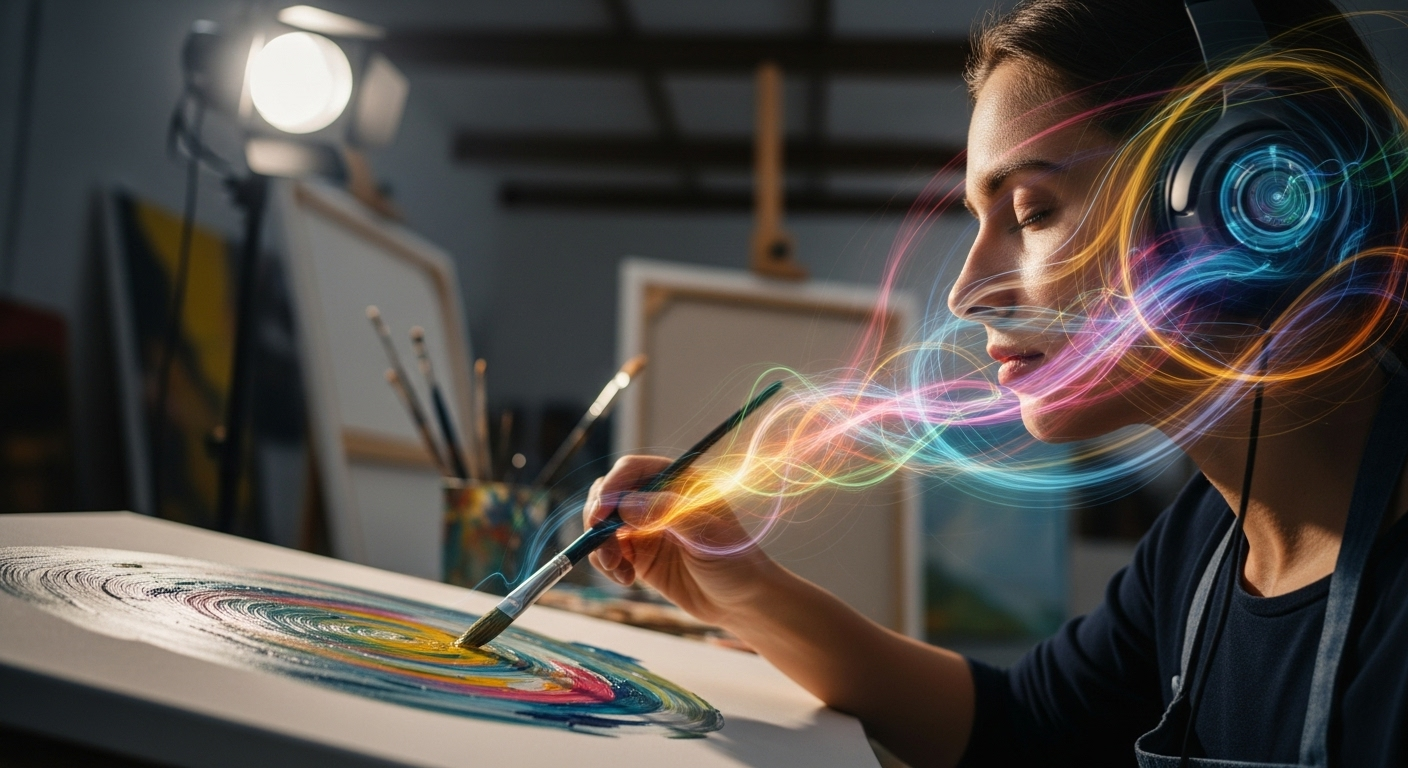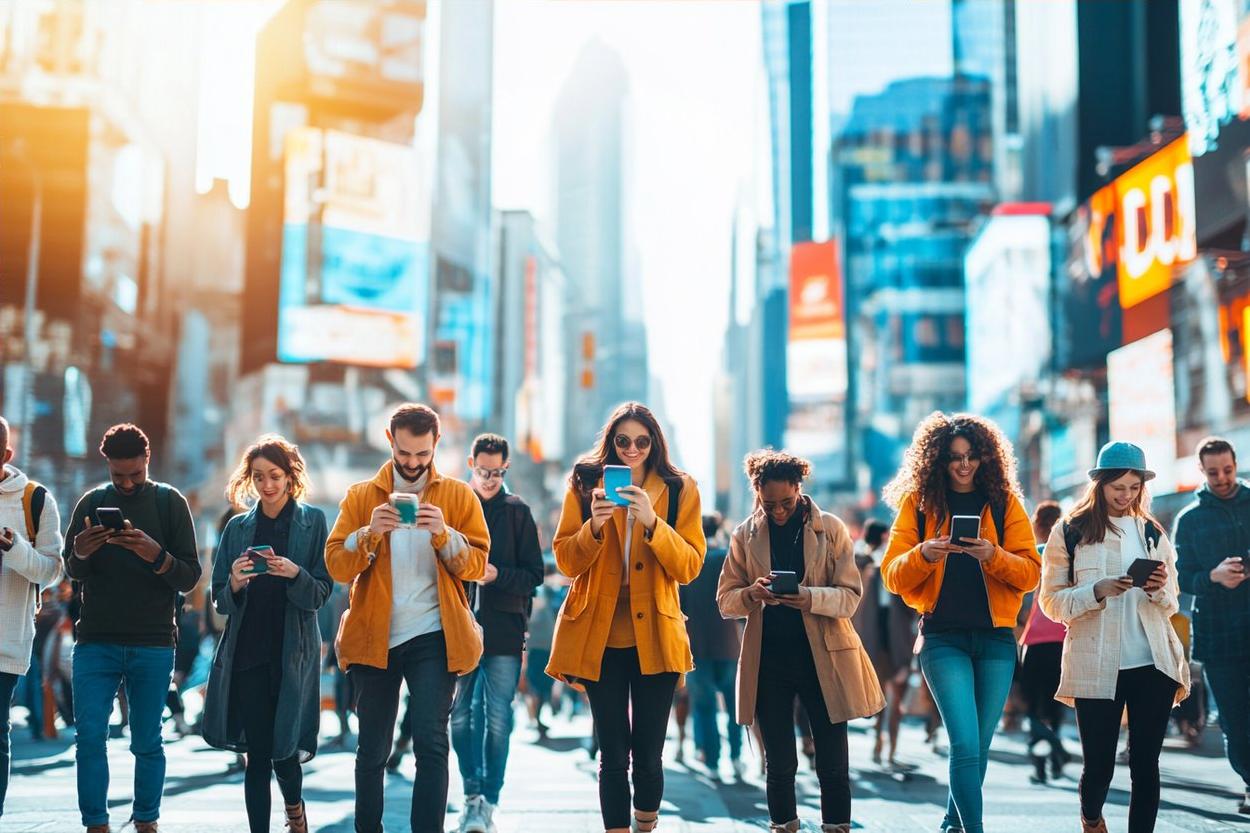Neon Renaissance: The Luminous Revival of Retro-Futuristic Aesthetics
In a world awash with digital screens and virtual realities, a vibrant resurgence of neon-infused art and design is illuminating the cultural landscape. This dazzling trend, dubbed the Neon Renaissance, marries nostalgia for the bold aesthetics of the 1980s with cutting-edge technology and contemporary sensibilities. As artists, designers, and creators across various mediums embrace this electrifying style, we're witnessing a captivating fusion of past and future that's leaving an indelible mark on the arts and entertainment industry.

The Digital Age Spark
The resurgence of neon aesthetics in the digital age began as a reaction to the sterile, monochromatic designs that dominated the early 2000s. Artists and designers, yearning for warmth and personality in an increasingly digital world, turned to the nostalgic glow of neon for inspiration. This movement gained momentum with the rise of social media platforms, where eye-catching, vibrant visuals became currency in the attention economy.
Cross-Medium Proliferation
The Neon Renaissance isn’t confined to a single artistic discipline. Its influence spans across various mediums, from visual arts and graphic design to music and film. In the realm of cinema, directors like Nicolas Winding Refn have embraced neon-soaked cinematography to create visually striking and atmospheric works. Meanwhile, musicians across genres are incorporating neon aesthetics into their album artwork, music videos, and stage designs, creating immersive audiovisual experiences for their audiences.
Technology Meets Tradition
One of the most fascinating aspects of the Neon Renaissance is the marriage of traditional neon craftsmanship with cutting-edge technology. While authentic neon signs are experiencing a revival, digital artists are also pushing the boundaries of what’s possible with neon-inspired designs. Advanced software and LED technology allow for the creation of dynamic, interactive neon installations that would have been impossible in the past. This fusion of old and new techniques has opened up exciting possibilities for artistic expression and commercial applications alike.
Cultural Impact and Critical Reception
The Neon Renaissance has sparked debates within the art world about nostalgia, authenticity, and the role of technology in artistic expression. Critics argue that the trend risks becoming a superficial aesthetic exercise, divorced from the cultural context that originally gave neon its significance. Supporters, however, see it as a vibrant reimagining of retro-futurism, one that speaks to our complex relationship with technology and our longing for a more optimistic vision of the future.
The Future of the Neon Renaissance
As the Neon Renaissance continues to evolve, it’s clear that its influence extends beyond mere aesthetics. This movement represents a collective desire to infuse our increasingly digital world with warmth, personality, and a touch of analog charm. Whether it’s through large-scale public art installations, intimate gallery exhibitions, or the glow of a neon-inspired interface on our smartphones, the Neon Renaissance is illuminating new pathways for artistic expression in the 21st century.
The enduring appeal of neon aesthetics lies in its ability to evoke emotion and create atmosphere. In a world often characterized by uncertainty and rapid change, the warm glow of neon offers a comforting link to the past while simultaneously pointing towards a brighter, more colorful future. As artists continue to explore and reinterpret this style, we can expect to see even more innovative and thought-provoking works emerge from the Neon Renaissance.
Ultimately, the Neon Renaissance serves as a powerful reminder of art’s ability to bridge generations, challenge perceptions, and illuminate the human experience in new and exciting ways. As we move forward into an increasingly digital future, the enduring glow of neon will continue to inspire, provoke, and captivate audiences around the world, ensuring that this luminous revival remains a defining feature of contemporary arts and culture for years to come.




